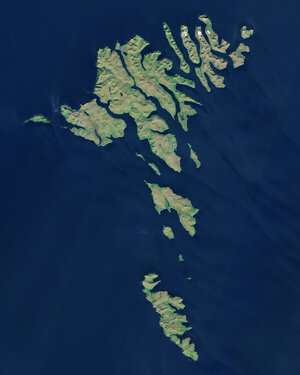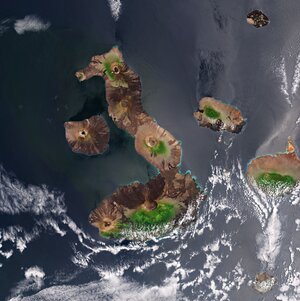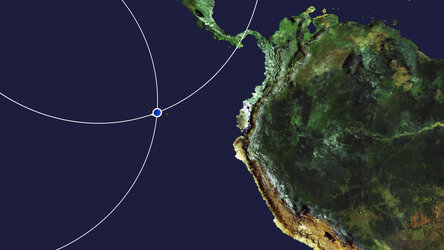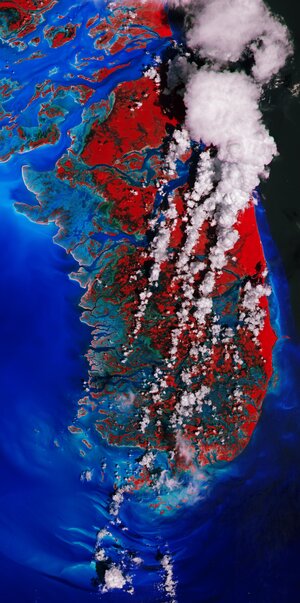Accept all cookies Accept only essential cookies See our Cookie Notice

About ESA
The European Space Agency (ESA) is Europe’s gateway to space. Its mission is to shape the development of Europe’s space capability and ensure that investment in space continues to deliver benefits to the citizens of Europe and the world.
Highlights
ESA - United space in Europe
This is ESA ESA facts Member States & Cooperating States Funding Director General Top management For Member State Delegations European vision European Space Policy ESA & EU Space Councils Responsibility & Sustainability Annual Report Calendar of meetings Corporate newsEstablishments & sites
ESA Headquarters ESA ESTEC ESA ESOC ESA ESRIN ESA EAC ESA ESAC Europe's Spaceport ESA ESEC ESA ECSAT Brussels Office Washington OfficeWorking with ESA
Business with ESA ESA Commercialisation Gateway Law at ESA Careers Cyber resilience at ESA IT at ESA Newsroom Partnerships Merchandising Licence Education Open Space Innovation Platform Integrity and Reporting Administrative Tribunal Health and SafetyMore about ESA
History ESA Historical Archives Exhibitions Publications Art & Culture ESA Merchandise Kids Diversity ESA Brand Centre ESA ChampionsLatest
Space in Member States
Find out more about space activities in our 23 Member States, and understand how ESA works together with their national agencies, institutions and organisations.
Science & Exploration
Exploring our Solar System and unlocking the secrets of the Universe
Go to topicAstronauts
Missions
Juice Euclid Webb Solar Orbiter BepiColombo Gaia ExoMars Cheops Exoplanet missions More missionsActivities
International Space Station Orion service module Gateway Concordia Caves & Pangaea BenefitsLatest
Space Safety
Protecting life and infrastructure on Earth and in orbit
Go to topicAsteroids
Asteroids and Planetary Defence Asteroid danger explained Flyeye telescope: asteroid detection Hera mission: asteroid deflection Near-Earth Object Coordination CentreSpace junk
About space debris Space debris by the numbers Space Environment Report In space refuelling, refurbishing and removingSafety from space
Clean Space ecodesign Zero Debris Technologies Space for Earth Supporting Sustainable DevelopmentApplications
Using space to benefit citizens and meet future challenges on Earth
Go to topicObserving the Earth
Observing the Earth Future EO Copernicus Meteorology Space for our climate Satellite missionsCommercialisation
ESA Commercialisation Gateway Open Space Innovation Platform Business Incubation ESA Space SolutionsLatest
Enabling & Support
Making space accessible and developing the technologies for the future
Go to topicBuilding missions
Space Engineering and Technology Test centre Laboratories Concurrent Design Facility Preparing for the future Shaping the Future Discovery and Preparation Advanced Concepts TeamSpace transportation
Space Transportation Ariane Vega Space Rider Future space transportation Boost! Europe's Spaceport Launches from Europe's Spaceport from 2012Latest
Earth from Space: Seychelles
Thank you for liking
You have already liked this page, you can only like it once!
The Copernicus Sentinel-2 mission takes us over part of the Seychelles, an island republic in the western Indian Ocean.
Zoom in to explore this image at its full 10 m resolution or click on the circles to learn more.
Positioned about 1600 km east of Kenya and about 1100 km northeast of Madagascar, the Seychelles archipelago comprises around 115 small islands – spread across 90 000 sq km of ocean – with only eight being inhabited by humans.
Some of these islands are visible in the image. The turquoise hues along the shores depict clear, shallow waters dotted by coral reefs, which contrast with the darker waters of the deep Indian Ocean.
One of the world’s smallest countries, the archipelago consists of two main island groups: the central, mountainous, granitic islands, and the outer, flat, coralline islands.
The two largest islands of the archipelago are featured in this image: Mahé (bottom left) and Praslin (top right). Both belong to the granitic island group.
Mahé is home to the capital Victoria, clear to see on the northeastern coast. Victoria serves as the only port in the Seychelles, capable of accommodating several ships at one time. The white dots in the water show vessels around the port. The Seychelles International Airport is visible to the west.
As evident from the image, lush vegetation covers much of the island, mainly protected by national parks. The Morne Seychellois National Park is the largest, extending approximately 3000 hectares, encompassing over 20% of Mahé’s land. The park features mangroves, tropical jungles and mountains, including the 900 m-high Morne Seychellois – the highest peak in the whole archipelago.
Many low-lying islands, especially the coralline islands, and most coastal areas are at risk of disappearing or becoming uninhabitable due to sea-level rise, driven by the climate crisis. Earth-observing satellites are used to monitor global and regional sea-level change and coastal erosion and to assess vulnerability. These observations support adaptation and resilience strategies to mitigate the growing threat posed by sea-level rise.
-
CREDIT
contains modified Copernicus Sentinel data (2021), processed by ESA -
LICENCE
CC BY-SA 3.0 IGO or ESA Standard Licence
(content can be used under either licence)

Faroe Islands

Galápagos Islands

Earth from Space: Galápagos Islands

Andros, Bahamas















 Germany
Germany
 Austria
Austria
 Belgium
Belgium
 Denmark
Denmark
 Spain
Spain
 Estonia
Estonia
 Finland
Finland
 France
France
 Greece
Greece
 Hungary
Hungary
 Ireland
Ireland
 Italy
Italy
 Luxembourg
Luxembourg
 Norway
Norway
 The Netherlands
The Netherlands
 Poland
Poland
 Portugal
Portugal
 Czechia
Czechia
 Romania
Romania
 United Kingdom
United Kingdom
 Slovenia
Slovenia
 Sweden
Sweden
 Switzerland
Switzerland

























